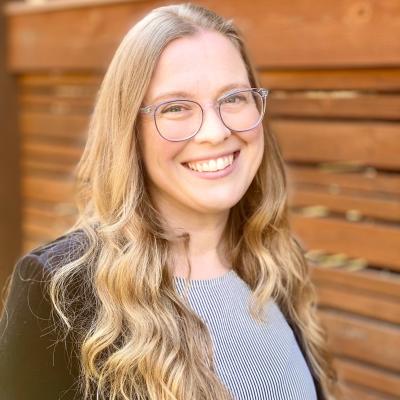Liberty Hamilton is an Associate Professor in the Department of Speech, Language, and Hearing Sciences, and holds a joint affiliation with the Dell Medical School Department of Neurology. Broadly, her research aims to understand how the brain processes continuous speech while we listen and while we speak. Funded by the National Institutes of Health, her laboratory investigates how speech sounds are represented in the auditory cortex and how these representations change during development. Part of this work involves electrophysiological recordings from patients undergoing surgical treatment for epilepsy, in collaboration with neurosurgeons, epileptologists, and neuropsychologists at Dell Children’s Medical Center in Austin, and at Texas Children’s Hospital in Houston. The lab also uses scalp electroencephalography (EEG) in healthy participants to understand how the brain represents acoustic and linguistic information during speech production and perception in natural environments. She has co-authored research that has been published in journals including but not limited to Science, Neuron, Current Biology, eLife, Epilepsia, Neurosurgery, The Journal of Neuroscience, and the Journal of the Acoustical Society of America. She has also presented her research at conferences both nationally and internationally.
Dr. Hamilton teaches at both the graduate and undergraduate level, including Anatomy and Physiology of the Auditory System (SLH 391P/Q), “Language and the Brain” (SLH350), and a Moody Honors course “Neuroscience, Technology, and Communication” (COM370H).
Dr. Hamilton earned her Ph.D. in neuroscience from the University of California, Berkeley in 2013 in the laboratory of Dr. Shaowen Bao, where she studied sound representation and plasticity in the auditory cortex using multi-unit electrophysiological recordings. This work was funded by an NSF Graduate Research Fellowship. She completed her postdoctoral training with Dr. Edward Chang at the University of California, San Francisco, where she investigated how the human auditory cortex represents speech sounds using intracranial recordings in adult patients with intractable epilepsy. This work was funded by an NIH Ruth Kirschstein National Research Service Award (NRSA). She also has previous research experience in non-invasive methods for measuring brain structure and function, including structural magnetic resonance imaging (MRI), functional MRI (fMRI), and diffusion tensor imaging (DTI).

